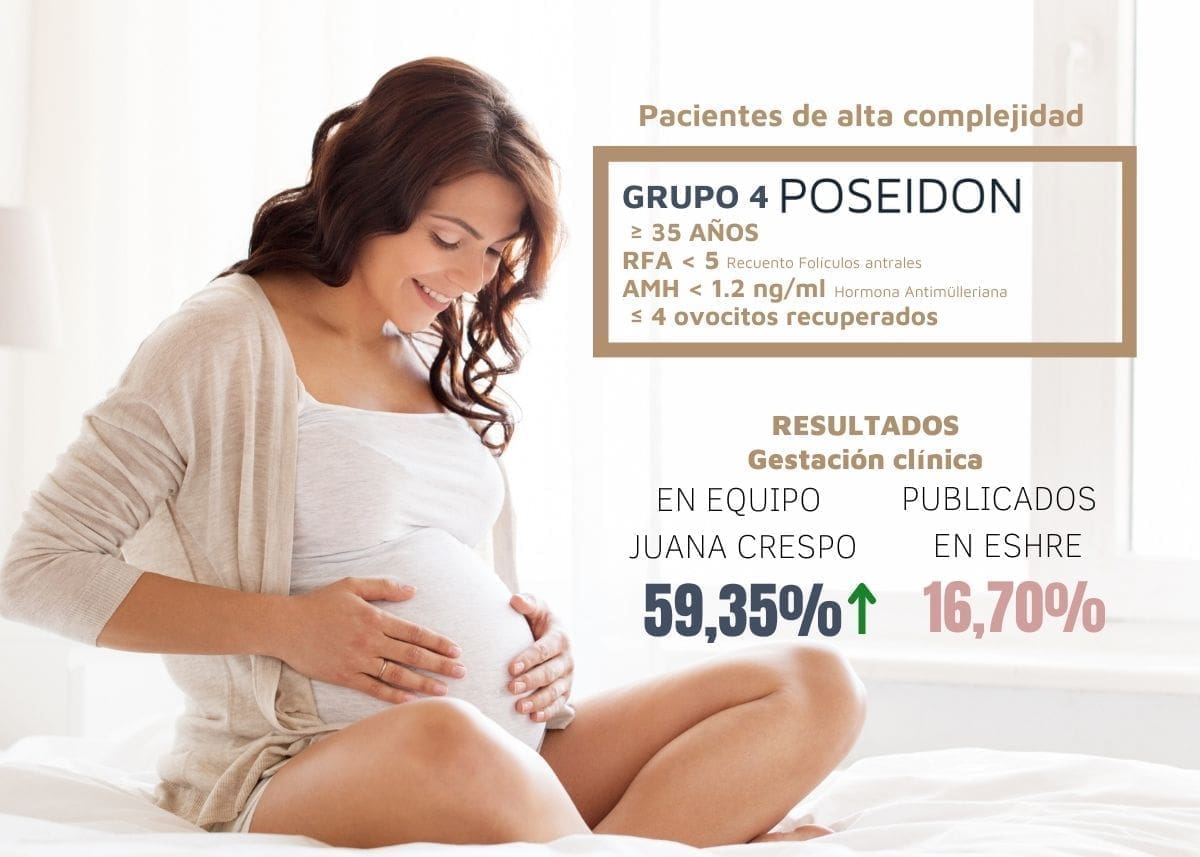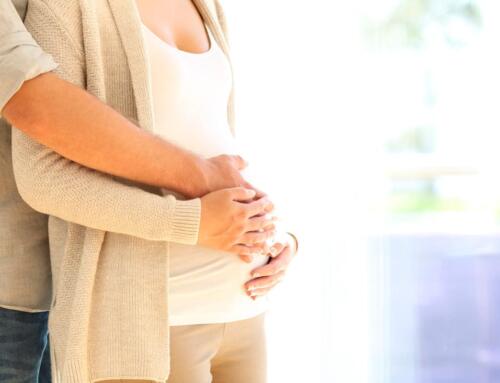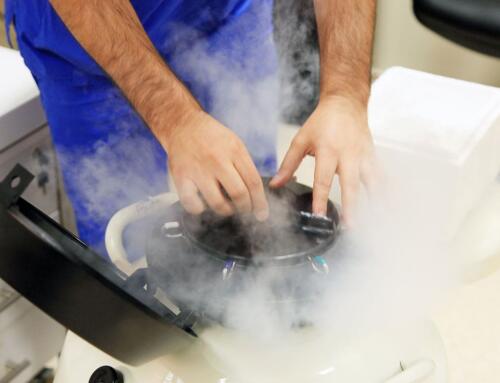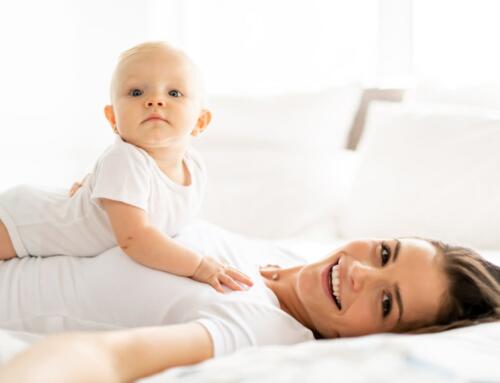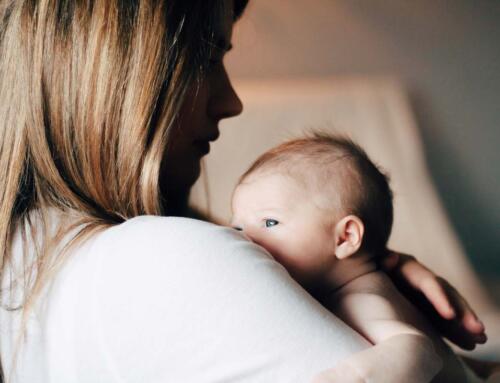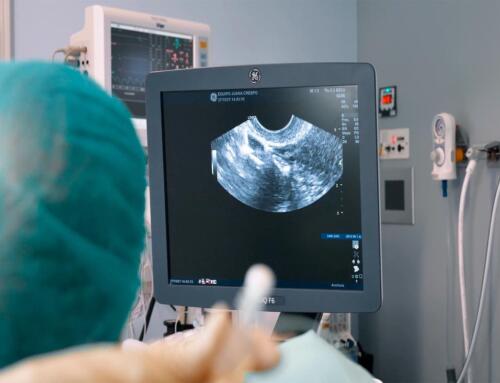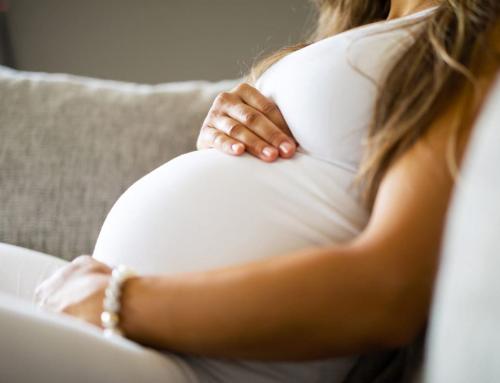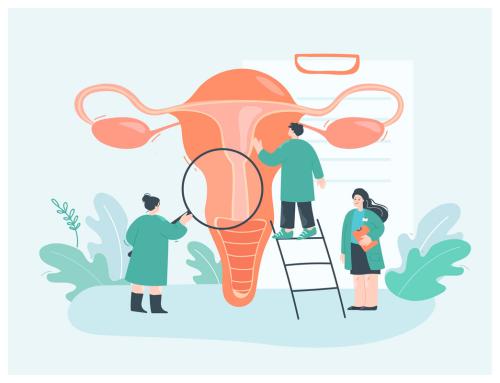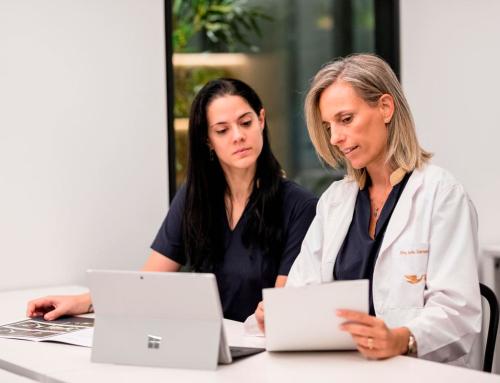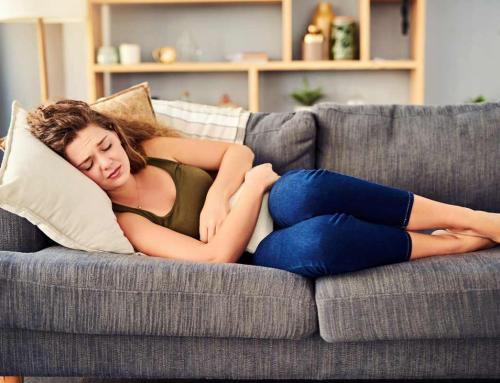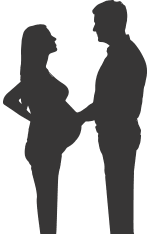Low ovarian response (LOR) in a stimulation is one of the main challenges an AR specialist may face. But what is low ovarian response, is there a way to predict low ovarian response prior to a cycle, what is the profile of a woman with this condition, and what is the POSEIDON classification?
What is low ovarian response?
The term low ovarian response is used when the number of eggs retrieved in the ovarian puncture is very low or null. One of the most influential factors for low ovarian response is the woman’s age, but it is not the only one. Numerous published studies have shown that the number of women with low ovarian response after stimulation is very heterogeneous.
Therefore, in 2011, the ESHRE published the Bologna Criteria, in which it attempted to define the term ovarian response.
According to these criteria, low ovarian response can be classified as such, if 3 of the following criteria are met:
- Age > 39 years, previous cycle with < 4 eggs.
- Low ovarian reserve due to low antral follicle count (AFR).
- Low anti-Müllerian hormone (AMH) levels.
Although these criteria were largely accepted by experts in assisted reproduction and the main scientific bodies, in 2016 the POSEIDON (Patient Oriented Strategies Encompassing Individualised Oocyte Number) group was created with the aim of discussing and developing practical solutions on the diagnosis and management of patients with low reproductive prognosis in assisted reproduction.
POSEIDON Low Response Group
The POSEIDON criteria aim to provide a more detailed classification of women who are expected to have a low ovarian response by decreasing heterogeneity when applying the Bologna criteria.
POSEIDON also surpasses the Bologna Criteria because it takes into account the impact of the patient’s age on egg quality (the older the patient, the poorer the quality) and gives us tools to establish what number of oocytes is necessary to achieve an AVR.
Therefore, the panel of experts decided to divide the patients into 4 groups based not only on quantitative criteria such as ovarian reserve but also on qualitative criteria such as age, AMH levels or the number of oocytes retrieved in previous cycles.
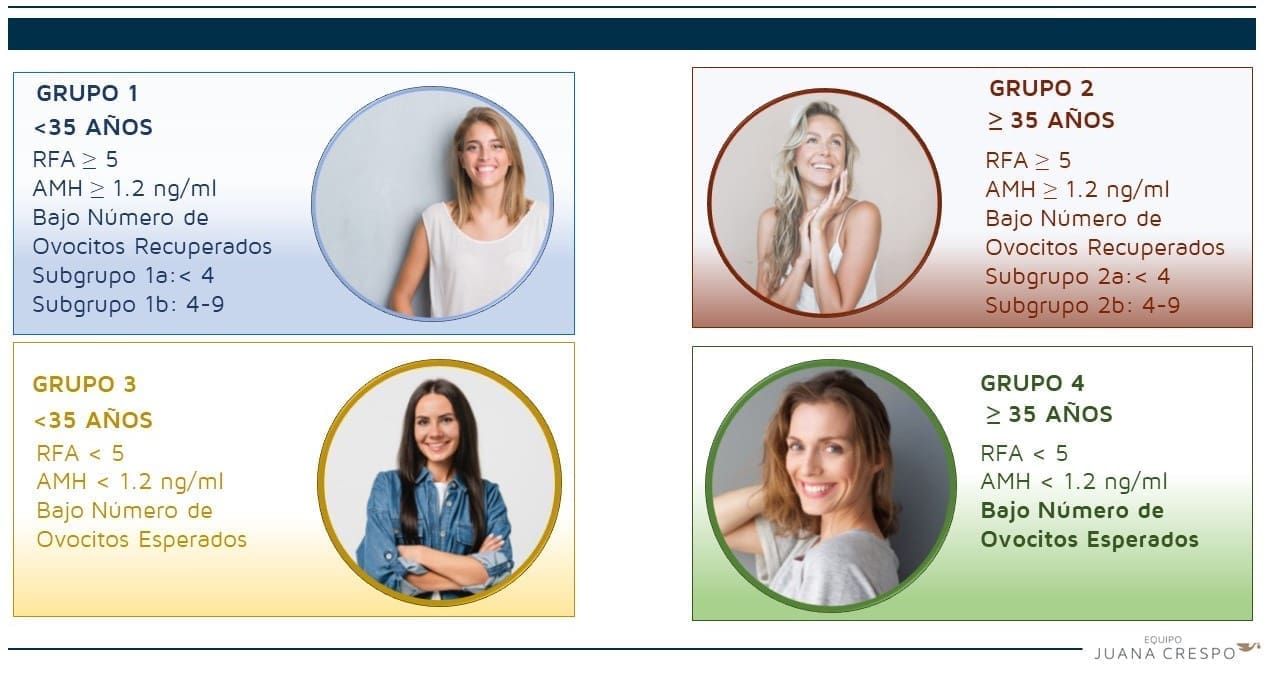
- Groups 1 and 2 correspond to women who have normal ovarian reserve parameters but give an unexpected low ovarian response.
- Groups 3 and 4 are patients who are expected to have a low response because their baseline parameters are lower than the normal parameters.
In conclusion, we can say that the aim of the POSEIDON group is to define the ideal individualised strategy to optimise the number of oocytes recovered and thus obtain at least one euploid embryo in patients with a poor or very poor reproductive prognosis.
GROUP 4 POSEIDON: THE MOST DIFFICULT PREGNANCIES
High complexity assisted reproduction is that which achieves pregnancies in patients with a very poor reproductive prognosis.
Group 4 POSEIDON is characterised as a group of patients in whom it is very difficult to achieve the gestation of a healthy baby.
They are characterised by:
- ≥ 35 years
- AFR < 5
- AMH < 1.2 ng/ml
- < 4 oocytes recovered
In Juana Crespo, 35% of our patients belong to Group 4, that is, they are mainly close to 40 years of age, with values of anti-Müllerian hormone below normal parameters (1-1.2) and in which, in addition, poor ovarian quality is suspected, as they have had failures and miscarriages in previous treatments.
Comparison of results in patients with low ovarian response
The ESHRE, in its official publications, reports the following results for POSEIDON group 4
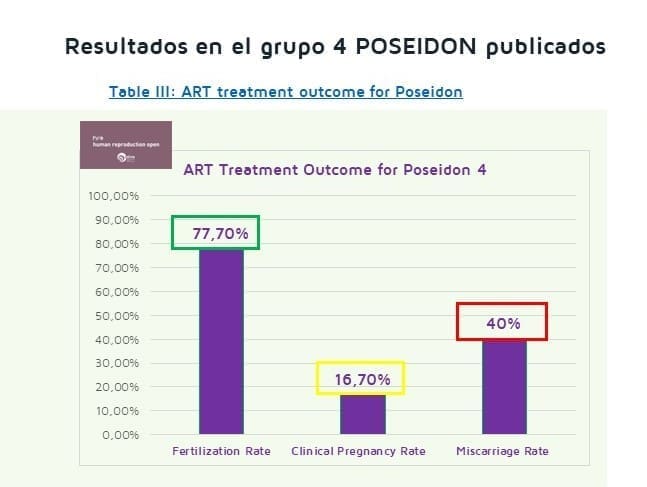
At EJC we performed in 2022 almost 500 oocyte punctures in patients older than 35 years, with four or less follicles at the time of antral follicle count and the results were as follows:
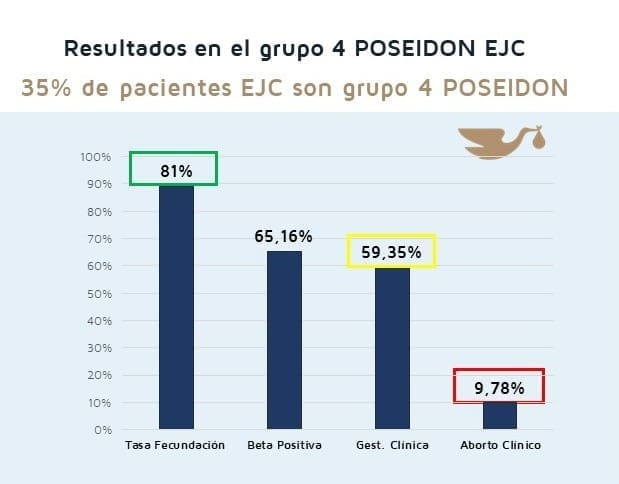
If we compare the results that appear in the official ESHRE publications for this very complex group of patients with those obtained in Juana Crespo, the difference is very significant. The key? The extreme personalisation of all the steps in the process. This is what High Complexity Assisted Reproduction means to us; applying excellence, not protocols, to provide solutions to complete cases. Put yourself in the best hands at High Complexity.


